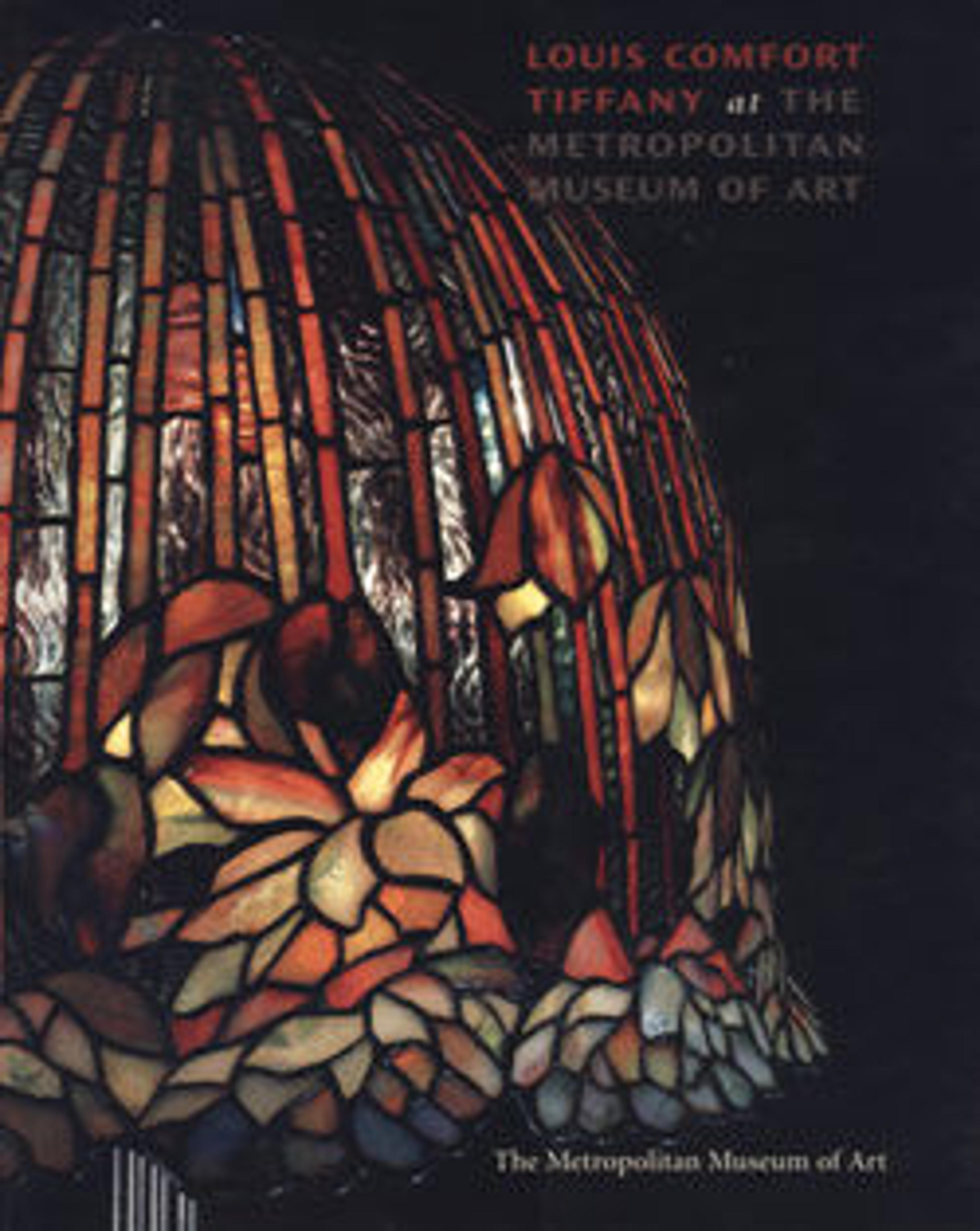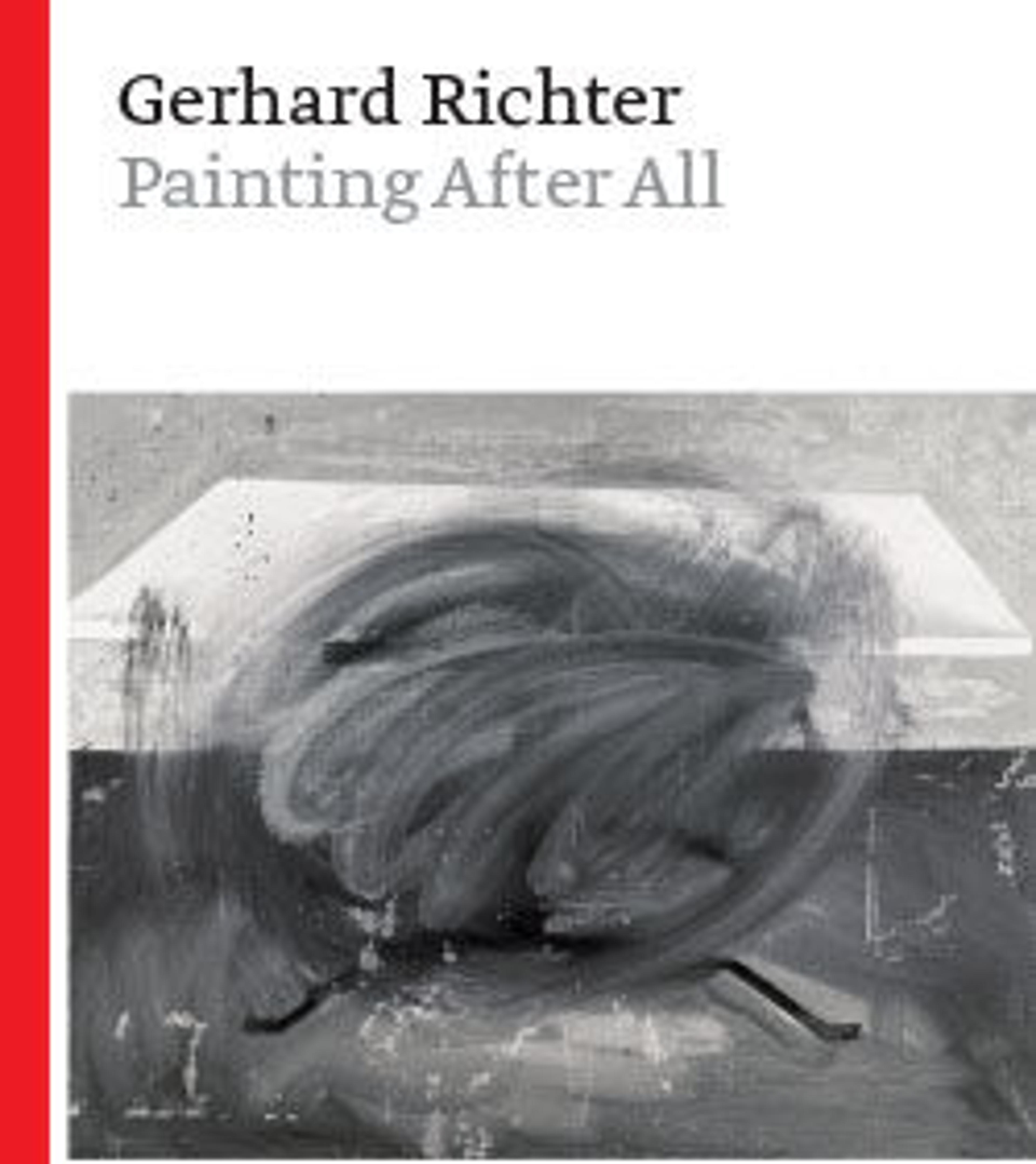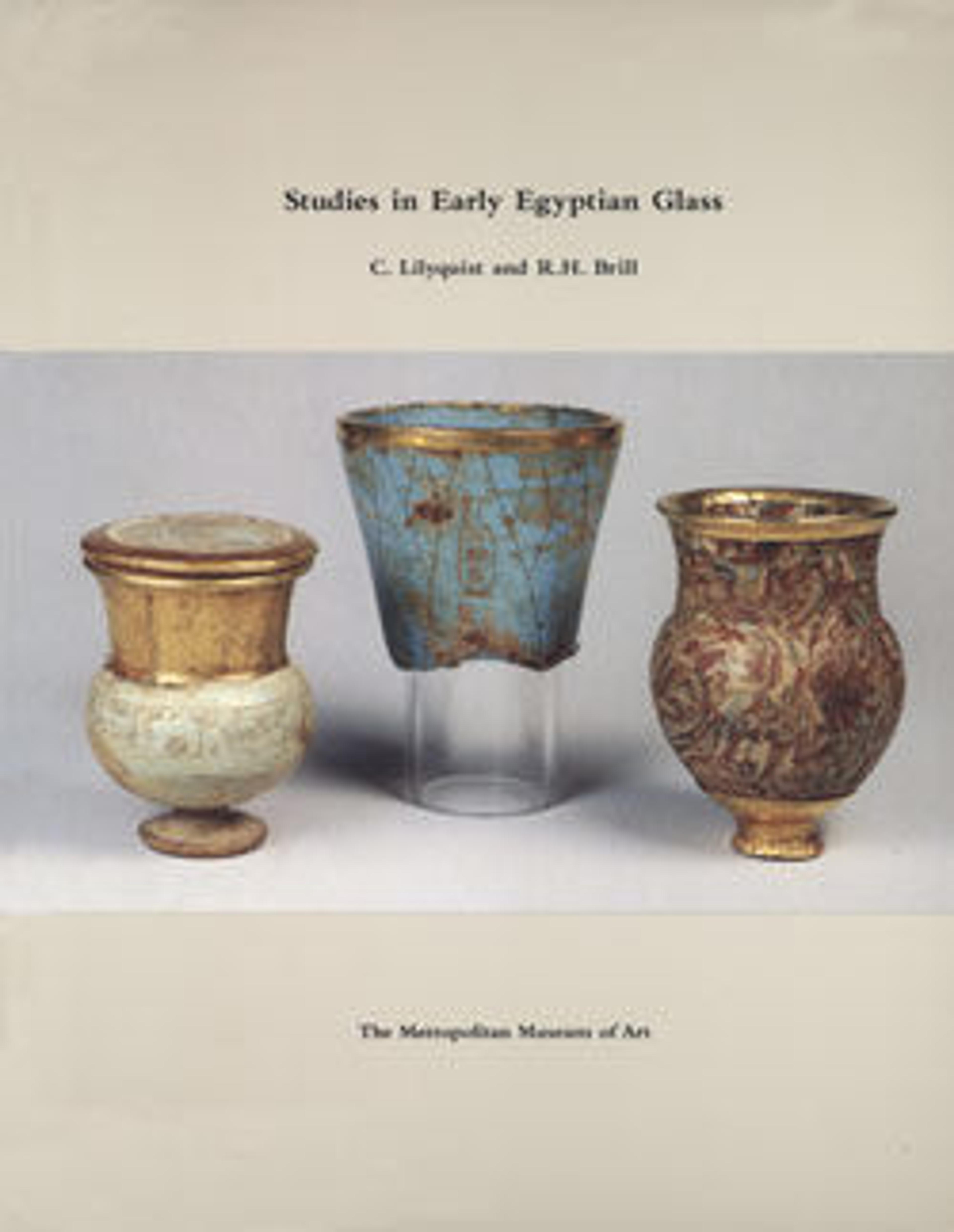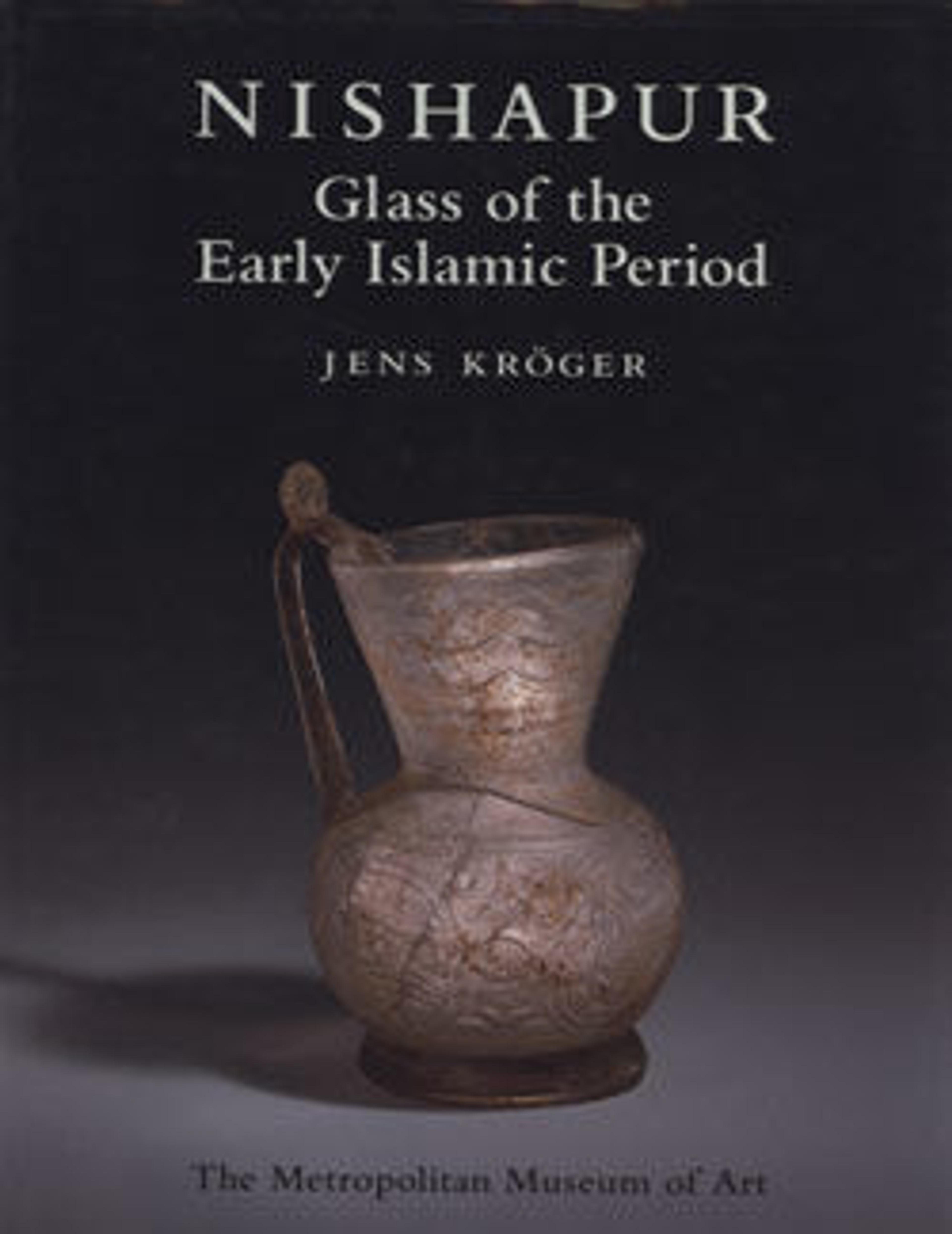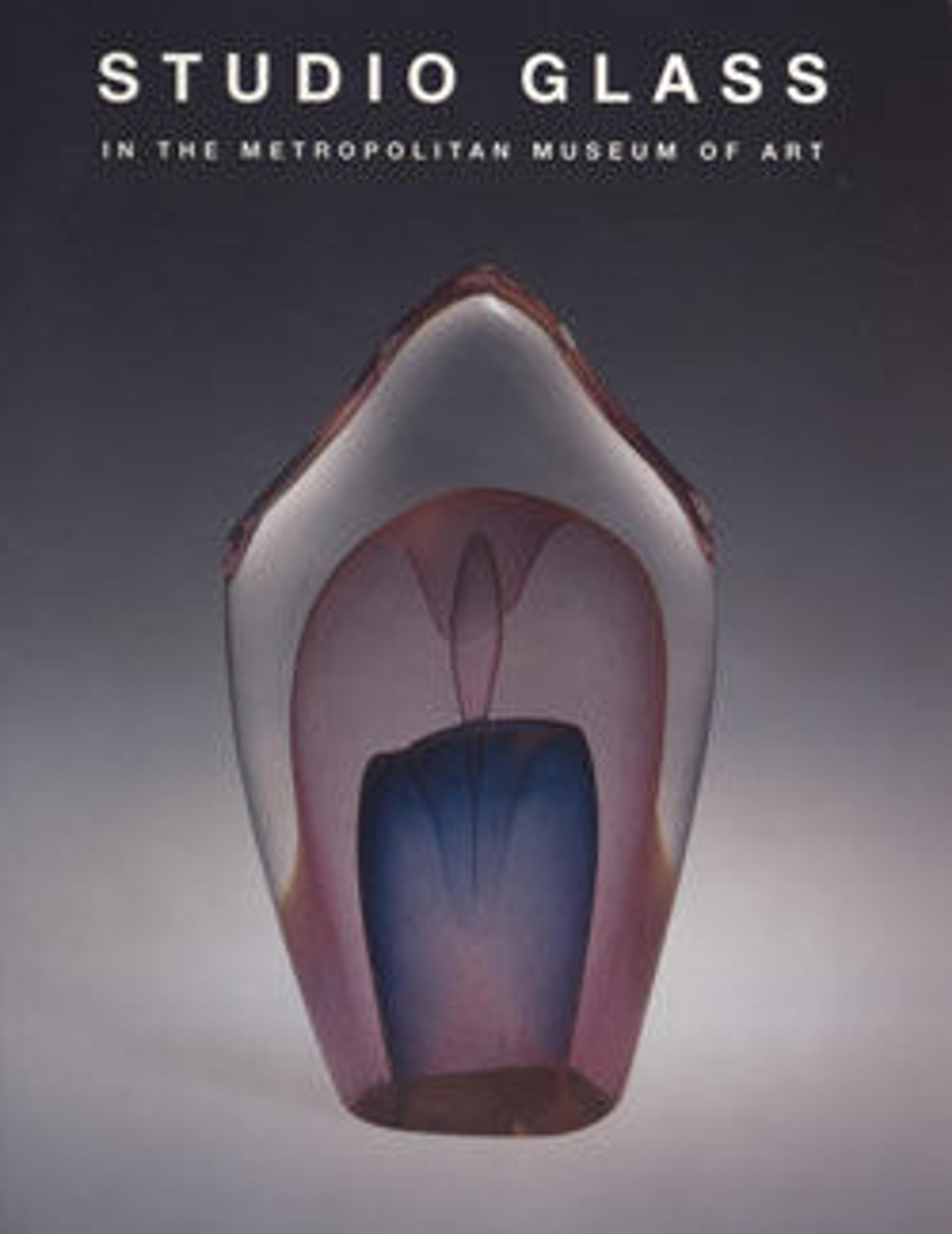
Studio Glass in The Metropolitan Museum of Art
In 1961 and 1962 artist Harvey K. Littleton, a professor of fine arts at the University of Wisconsin and son of the director of research at the Corning Glass Works, held a series of informal workshops to explore the art of hot glassmaking in a studio setting. Until then, almost without exception, glass objects had been blown or molded in an industrial context—that is, they were factory made. In the 1870s, the French designer Émile Gallé had made a radical change in the prevailing attitude toward glass as art by being the first modern artist to sign his work, just as painters and sculptors did. Nevertheless, art glass continued to be blown in factories, such as Orrefors in Sweden, Tiffany in the United States, and Lalique in France.
In the 1960s, Littleton became convinced, after visiting a few European glassmakers working alone, that an artist could maintain a complete glassmaking facility within a studio; thanks to his determination and the creation of a low-melting glass formula by artist Dominick Labino, the studio glass movement was born.
Progress was so swift that when, a decade later, The Metropolitan Museum of Art established a department devoted to the arts of the twentieth century, its curators sought out not only the innovative glass art of Harvey Littleton and Dominick Labino, but also the work of such emerging artists as Dale Chihuly, Michael Glancy, and Jon Kuhn. Glass art had arrived.
During the 1970s, in both Europe and the United States, the liberal political and social climate encouraged a new freedom in artistic expression. Artists who wanted to work in the medium of glass could take courses in colleges and universities and even graduate with a degree in glassmaking. Dale Chihuly, whose masterworks in glass and remarkable enthusiasm helped establish glass in the art world, founded the Pilchuck School near Seattle, devoted solely to the making of glass art and to teaching the various techniques available to artists.
Experiments in abstract sculpture gave way to narrative works and assemblages that often conveyed a personal message. Erwin Eisch, working in Bavaria, engraved and painted his glass portrait heads of Picasso and Buddha with images expressing the horrors of war. Ginny Ruffner explored the women's liberation movement and the history of art through her lamp-worked sculptures.
Artists no longer had to rely on the glass industry to create unique masterpieces of glass art. Thomas Patti's brilliant experiments with fused plate glass, Howard Ben Tré's heroic work in large-scale molded-glass sculpture, Mary Shaffer's sensuous slumped glass and metalwork, and William Morris's virtuoso forms with their evocation of the past attest to the virtually limitless opportunities now available to studio artists.
Met Art in Publication
You May Also Like
Press the down key to skip to the last item.
